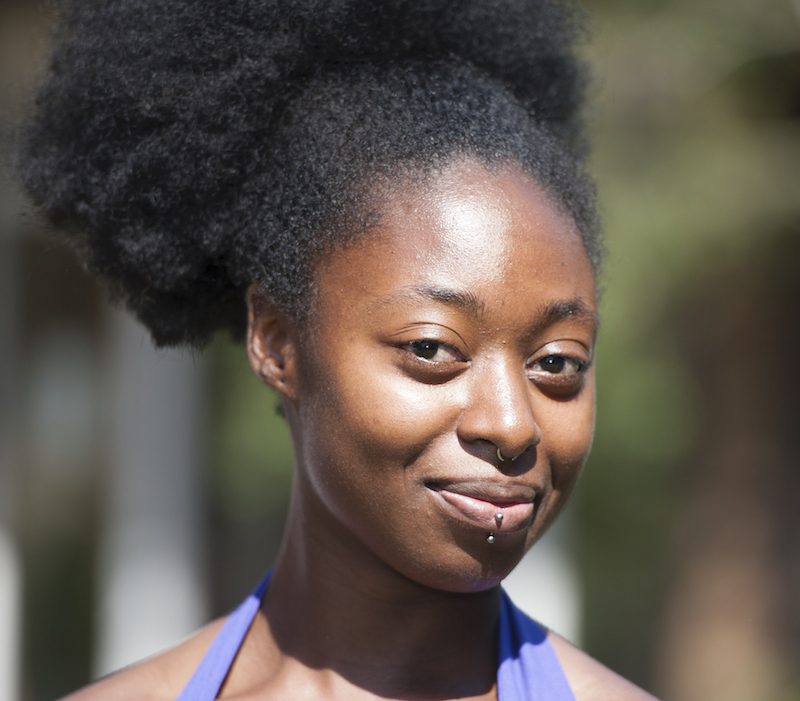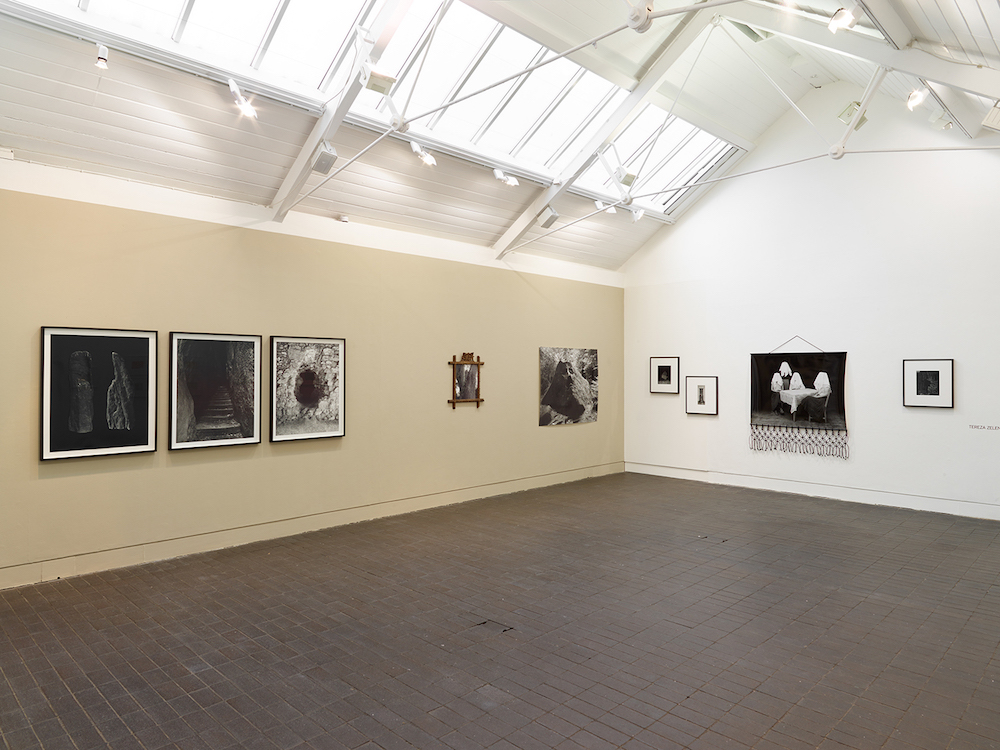Curator Conversations #10
Mariama Attah
Mariama Attah is a photography curator and editor with a particular interest in the power of photography to re-present visual culture. She is Curator of Open Eye Gallery, Liverpool and was previously Assistant Editor of Foam Magazine. Prior to this, Attah was Curator of Photoworks, where she was responsible for developing and curating programmes and events including Brighton Photo Biennial and commissioning and editing Photoworks Annual. She completed her BA Photography at Wolverhampton University and gained an MA in Museum Studies from University of Leicester. Attah has worked with a number of national and international artists and previous other roles include Exhibitions and Events Manager at Iniva and Assistant Officer, Visual Arts at Arts Council England.
What is it that attracts you to the exhibition form?
Storytelling is the element that drew me back to the exhibition form. I love shaping a narrative and space that people can physically experience. Alongside that, I’m interested in working with artists to help them outline a context beyond the frame of the artwork. I see the curatorial process as one where all the references, links, research and ideas that I gather and am inspired by are projected from inside my head to the outside world – they can come alive and be further shaped and enlivened by audiences.
What does it mean to be a curator in an age of image and information excess?
The early role of the curator was that of a guardian of collections and to act as a barrier to access. This slowly adapted into curators acting as channels to serve audiences but still maintained an aspect of authoritarianism on value and taste. Today, the curator is more of a point of introduction and reference. They can guide people towards themes, ideas, practitioners, etc. but they aren’t a single voice or route in determining what is relevant or what should be ignored. That isn’t possible or desirable.
I’m also curious about the idea of an excess of imagery and information. Are we in excess, and is that a new occurrence? How many images are too many? I don’t necessarily believe there is too much information or imagery, instead I think there is an excess of feeling obligated to engage with everything around us. Our worlds have always been filled with imagery and information. It’s a pleasure and a privilege to choose what we look at and how we engage with it.
What is the most invaluable skill required for a curator?
I think more than anything, curiosity, and a drive to share your thoughts and ideas are the most invaluable skills a curator can have. Being curious about your surroundings; about history, visual representation and communication, and wanting other people to engage with that will take you far.
What was your route into curating?
I didn’t know what a curator was until the last few weeks of my photography degree when we were organising our end of year degree show. I decided then that I was more interested in working with photographers than being a photographer. I also realised that I didn’t have the personality or desire to make a living from taking photographs. From there, I was very lucky to get a job curating at a museum while I did a MA in Museum Studies, though it took a few more years before my first role working purely with photography. This isn’t the role that I originally saw for myself but this is absolutely where I want to be.
What is the most memorable exhibition that you’ve visited?
John Akomfrah’s Vertigo Sea, which premiered at the 56th Venice Biennale, as part of Okwui Enwezor’s All the World’s Futures exhibition in 2015, is the most vivid and meaningful exhibition I have encountered. The body of work combines found archival footage from the BBC’s Natural History Unit with contemporary images shown on a three channel video installation, referencing Moby Dick and Whale Nation. Vertigo Sea uses the ocean as a metaphor for understanding migration, colonialism, ecological ruin, the movement of people, goods, and people as goods, and the long history of humans endeavouring to prevail over nature. The ocean is presented as a site of transport, industry, beauty, control and disinterested rule. It is indifferent to whether you’re fleeing or sightseeing or being moved against your will, and Akomfrah captures this force in an utterly compelling way.
What constitutes curatorial responsibility in the context within which you work?
My curatorial responsibility is to use my position to advocate for and work with artists, communities and groups of people in helping to spread a shared message. Collaboration and representation are key to me.
What is the one myth that you would like to dispel around being a curator?
Curators are not gatekeepers or all seeing eyes. We can’t make or break a career and we haven’t seen every exhibition, installation or publication. I’m just as eager to learn or be shown something new as anyone else.
What advice would you give to aspiring curators?
I would tell any aspiring curators to visit as many exhibitions as possible to gain an idea of what does and doesn’t interest you about the physical exhibition space. Pay attention to the details that guide people through the space, the design decisions and details that are used in presenting and displaying artworks, the pauses that are built in to prompt visitors to start forming their own opinions and how and where additional information and materials are presented to support this.
Curating isn’t only about the artists you work with, it’s also about the communities and audiences. I would advise aspiring curators to think about who they want to curate for and how they can include the voices of these groups in exhibition making.
I also think that there is an easy affinity between photography and writing and having worked as an editor makes me a more confident curator. Take any opportunity to read and write on subjects you’re moved by and don’t shy away from feedback. Being able to form your ideas on paper will help other people to better understand your vision.
Alongside this, I also think that curators should have a basic understanding of both the private and public art worlds, no matter which sphere you work in, in order to be able to support the careers of the artists you are working with.
Start curating, reading, writing, visiting, learning, and then repeat until the end.♦
Further interviews in the Curator Conversations series can be read here.
Click here to order your copy of the book
—
Curator Conversations is part of a collaborative set of activities on photography curation and scholarship initiated by Tim Clark (1000 Words and The Institute of Photography, Falmouth University), Christopher Stewart (London College of Communication, University of the Arts London) and Esther Teichmann (Royal College of Art) that has included the symposium, Encounters: Photography and Curation, in 2018 and a ten week course, Photography and Curation, hosted by The Photographers’ Gallery, London in 2018-19.
Images:
1-Mariama Attah
2-Installation view of Jerwood/Photoworks Awards 2015: Matthew Finn, Joanna Piotrowska, Tereza Zelenkova, Jerwood Space London, 2015.


